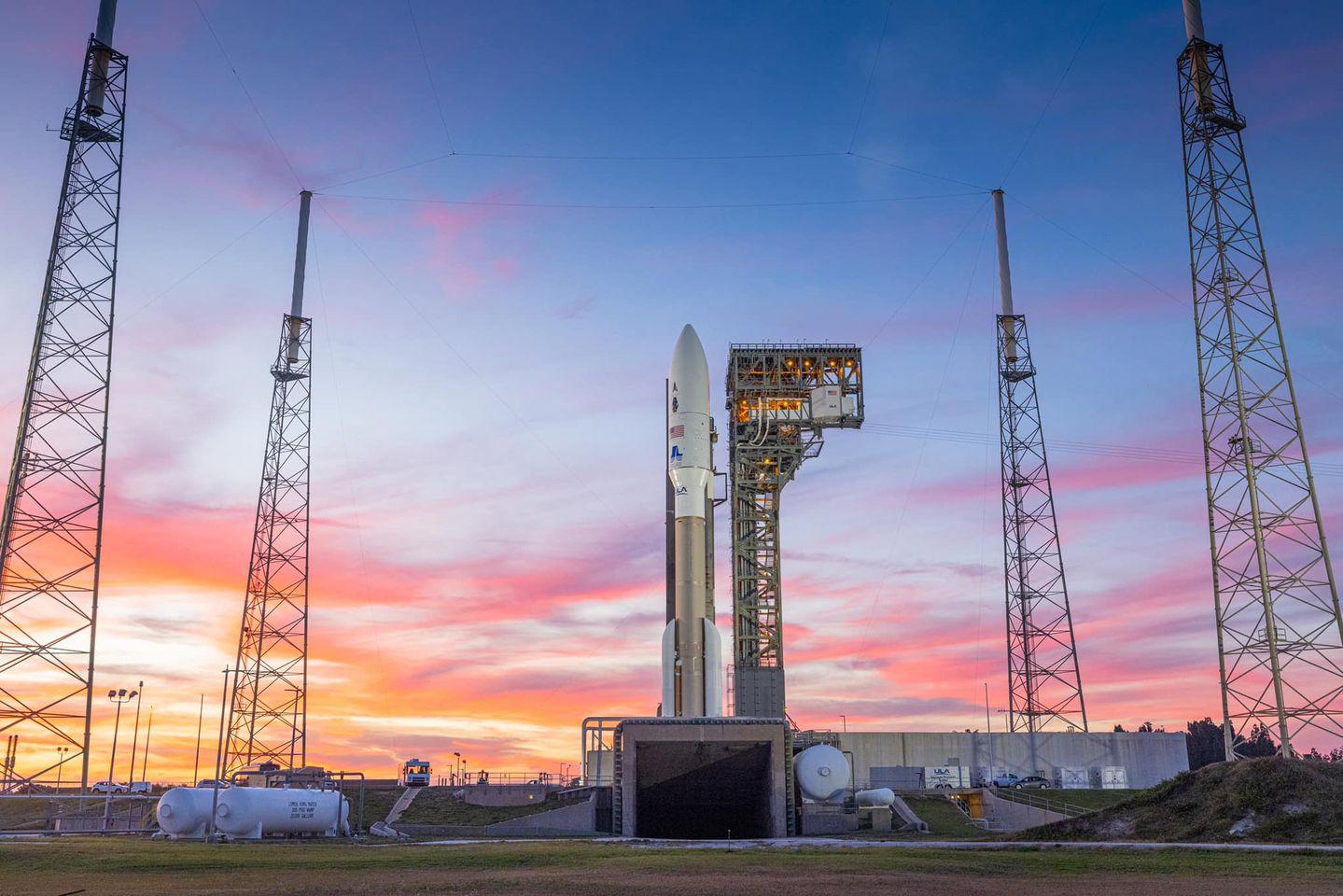By Brandon Moseley
Congressman Mo Brooks (R-AL05) congratulated the United Launch Alliance (ULA) on its upcoming launch of a national security mission for the U.S. Space Force.
“Great job to United Launch Alliance,” Brooks said. “You make the Tennessee Valley proud. Space Force is absolutely vital to protecting America’s space assets, and it’s wonderful to see a Decatur company with such a central role in Space Force.”
A ULA Atlas V 551 rocket will launch the Space Test Program (STP)-3 mission for the U.S. Space Force early Tuesday morning. Liftoff will occur from Space Launch Complex-41 at Cape Canaveral Space Force Station, Florida, at approximately 5:04 a.m. CST.
The STP-3 mission for the U.S. Space Force’s (USSF) Space Systems Command (SSC) is a co-manifested mission that matures technology and reduces future space program risk for the Department of the Air Force and the U.S. Space Force. The mission is designed to advance warfighting capabilities in the areas of nuclear detonation detection, space domain awareness (SDA), weather and communication. Both spacecraft will be delivered to geosynchronous orbit.
According to ULA, the primary spacecraft is STP Satellite (STPSat)-6 and the rideshare spacecraft is the Long Duration Propulsive Evolved Expendable Launch Vehicle (EELV) Secondary Payload Adapter (ESPA) (LDPE) - 1. Northrop Grumman built both spacecraft. The STPSat-6 payloads including the Space and Atmospheric Burst Reporting System 3 (SABRS-3), an operational mission from the National Nuclear Security Administration, NASA’s Laser Communication Relay Demonstration (LCRD) payload to test technologies for the next generation of data relay satellites, and several Department of Defense Space Experiments Review Board space weather and situational awareness payloads. LDPE-1 is designed for a one-to-three-year mission life and carries experimental payloads. The experiments are intended for rapid risk reduction efforts to inform future programs.
The STP-3 mission debuts three engineering features designed to reduce risk and accumulate flight experience before use on the new Vulcan Centaur rocket. These include Out-of-Autoclave (OoA) payload fairings, an in-flight power system and GPS enhanced navigation.
The OoA payload fairing was developed with a new manufacturing method, an alternative process to cure carbon fiber composites. This allows for a more efficient production process, lower cost and lower system mass while maintaining the same level of reliability and quality.
The Atlas V is also equipped with a new In-Flight Power System (IFPS). This system supplies power to the satellites’ batteries during the rocket’s long duration ascent, a mission more than seven hours. The IFPS will ensure the spacecraft have fully charged batteries when deployed into geosynchronous orbit.
GPS Enhanced Navigation is an additional first flight item that utilizes existing flight computer hardware to provide GPS signals that improve the Centaur‘s navigation system performance, allowing the Centaur to achieve even more accurate orbits.
The launch was postponed to early Tuesday to give the team time to repair a leak in the ground storage system and to verify the sample integrity of the fuel prior to tanking operations.
The outlook for launch time includes scattered clouds and high cirrus, visibility of five miles with patchy fog, southerly winds at six knots and a temperature near 65 degrees F.
To connect with the author of this story, or to comment, email brandon.moseley@1819News.com.










